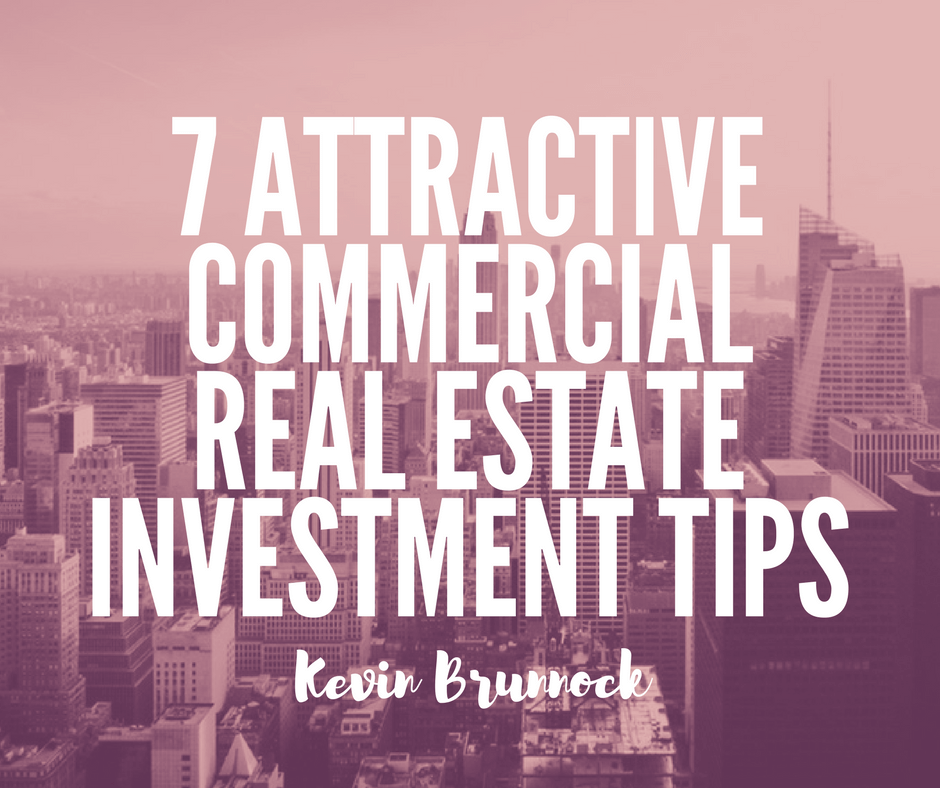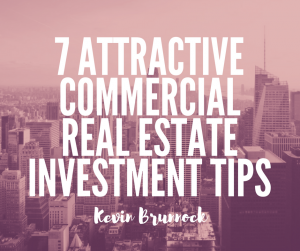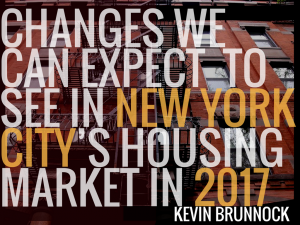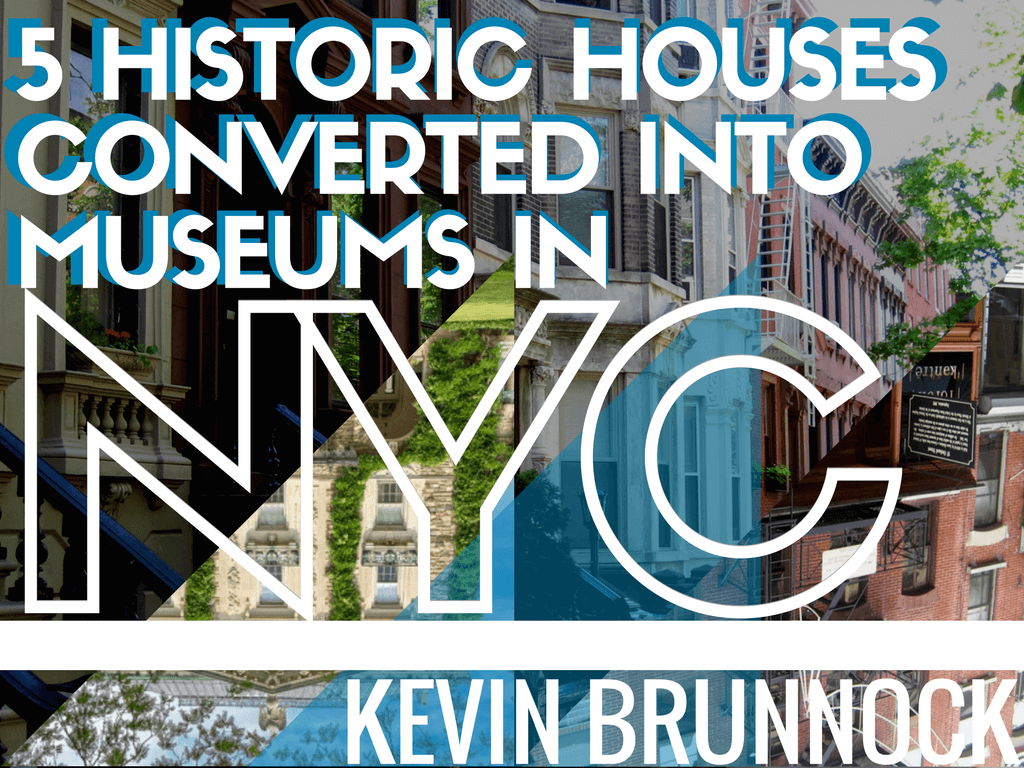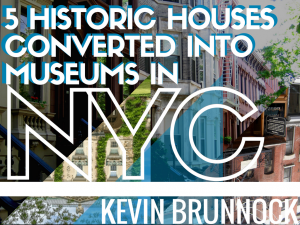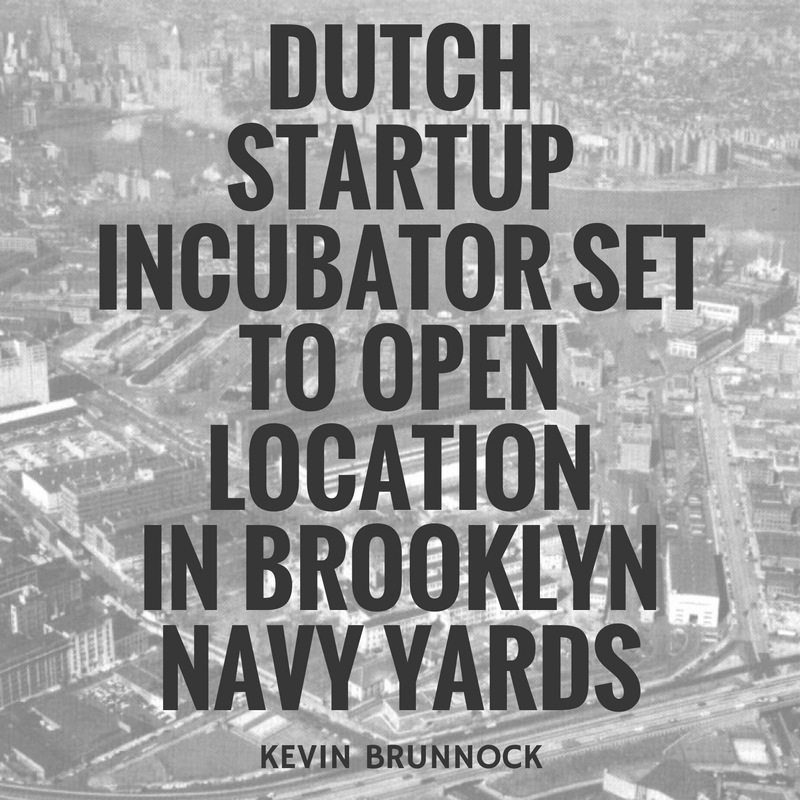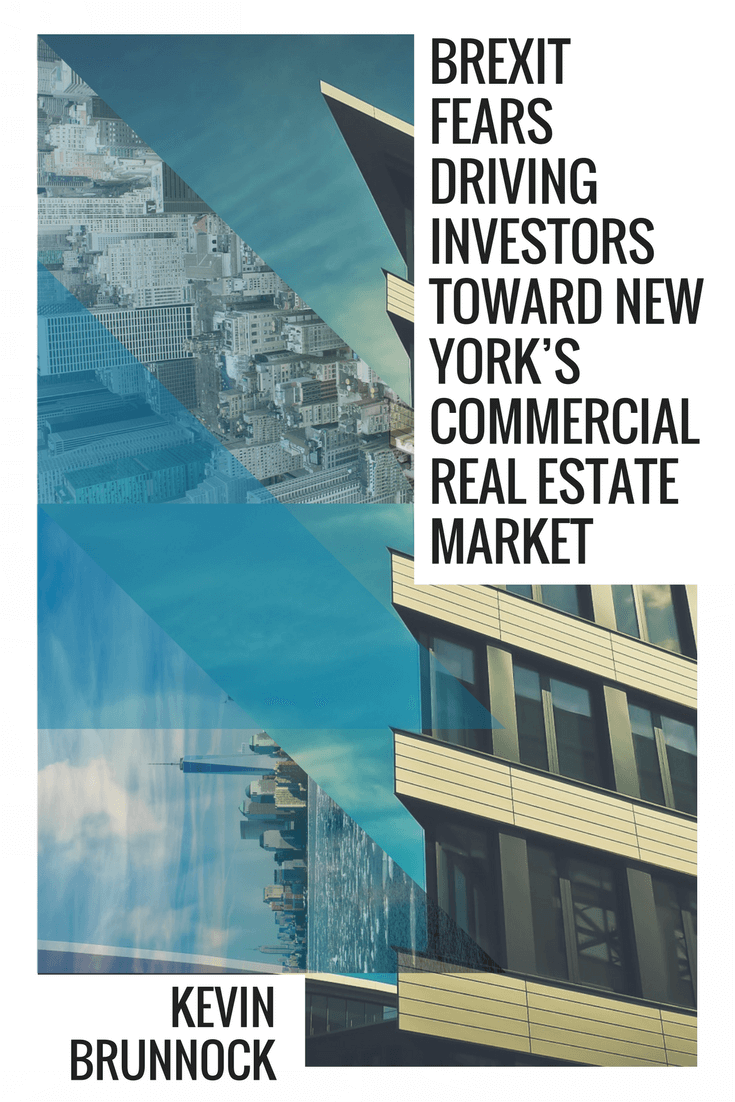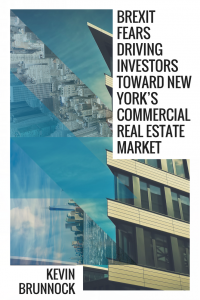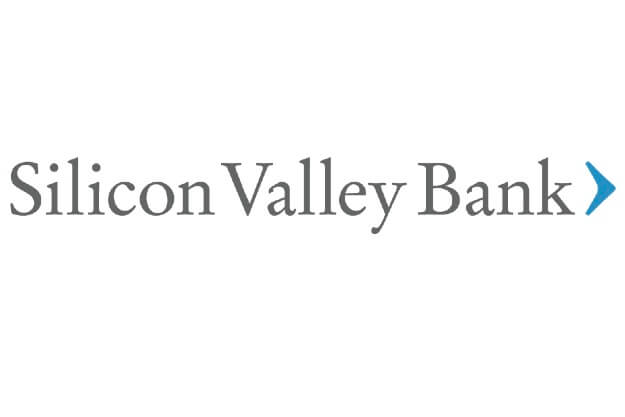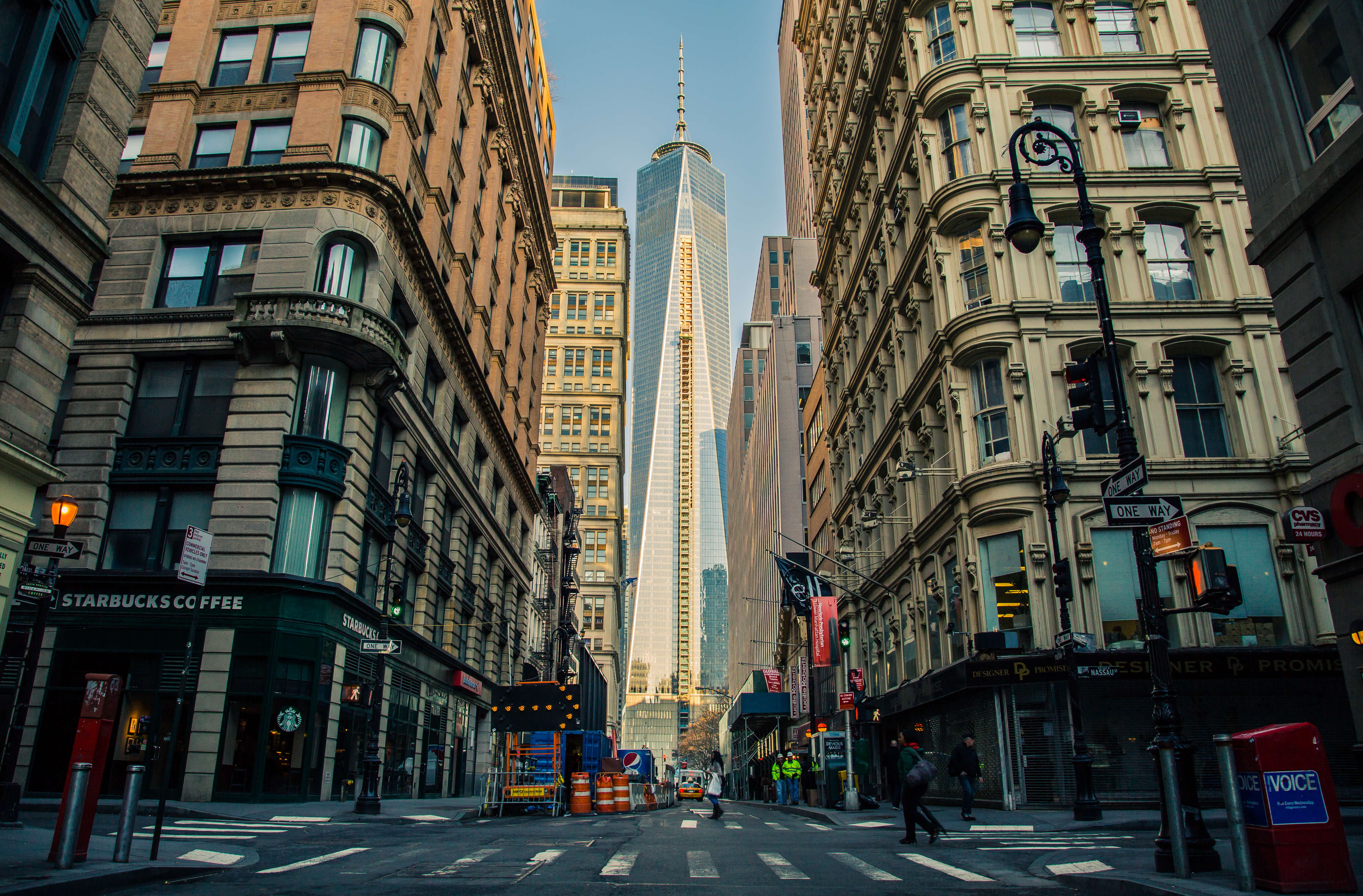The real estate trade long ago consummated the age-old technique of exchanging and selling apartments, buildings, and other real estate properties –and this hasn’t changed much over the last few decades.
However, the way in which the real estate market is addressed, managed and explored certainly has changed. Now, real estate services are streamlined, and long-winded processes have been condensed to effortless keystrokes and swipes. Real estate technology has stepped onto the scene, and it’s not likely to take a step back, as the new pieces of software and the clever applications have worked to transform access to the market for real estate professionals.
Read on to learn the name of seven exceptional real estate mobile apps:
CONTACTUALLY
Contactually is CRM software that offers users a platform designed for organizing important and priority individuals in your contact list. A master list is created, connected to email and business applications, and users are then able to create customized reminders alerting you if too much time has elapsed between communication. It streamlines customer relations.
RPR MOBILE
RPR Mobile is a property research app that’s designed exclusively for realtors. The application facilitates quick property searches, the creation of branded reports, and it offers a bird’s eye view of the local market through dynamic mapping tools and advanced search functions. More than that, users can see local market statistics, weigh neighborhood conditions, and access valuable data.
ZILLOW
Zillow is a top-rated real estate app that works for both realtors and hopeful homeowners. Searches can be filtered by bedrooms, price, bathrooms, keywords, and more. Real estate professionals can offer home seekers an uncompromised understanding of property, whether they’re searching for commercial or residential properties.
NEIGHBORHOOD SCOUT
NeighborhoodScout is an online database or website for U.S. communities. The tool empowers professionals to invest wisely, mitigate risk, and uncover opportunity. The free site grants access to micro-neighborhood trends, exclusive analytics, and forecasts. The unique insights and data offer an intimate understanding of neighborhoods.
VERT
Vert is an all-in-converter that provides temperature and currency conversions; this is ideal for those working in high end and international sectors of real estate.
CITYMAPS
CityMaps is an incredible socialized mapping application that’s frequently used by travelers. Accessible online and offline, it can provide insight on where to eat, where to sleep, and what to see while in a particular area. The application is an ideal for those interested in providing insider tips.
DOTLOOP
Dotloop is powerful and intuitive. It’s real estate technology created to cooperate with lives that are busy. This simplifies paperwork, client interaction, and simple solutions to complicated issues.
If you know of any other incredible real estate applications, please feel free to share!
